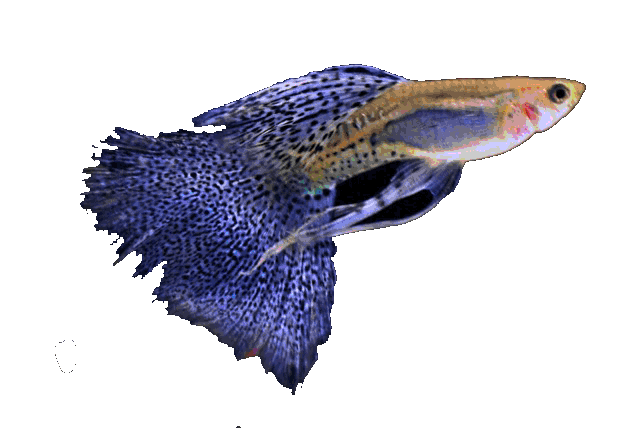



Nomorhamphus celebensis
"Poso"
Basic data:
Scientific name: Nomorhamphus celebensis (MCW Weber & de Beaufort, 1922)
Interpretation of words: Nomorhamphus (no = incandescent , rhamphos = beak )
Group: Livebirds
Source: Indonesia, Lake Poso with tributaries ( Sulawesi )
Size: Males 6 cm, females up to 12 cm
Biotope / habitat : Sulawesi, rainforests
Social behavior: Fairly peaceful, coexisting with other fish
Nutrition: Food on the surface (fleas, insects, ...), it can get used to picking up food even on the ground (shrimp, shrimp, ...)
Cultivation: Moderately difficult
Aquarium: Minimum 100 liters
Population: group per 100 liters of water (min 4)
Decoration: Densely planted aquariums with space for swimming
Temperature: 22-27 ° C
pH: 6-8
Hardness: from 5 ° dGh to 10 ° dGh
Lifespan: 5-6 years
Kingdom: Animalia / animals
Trunk: Chordata / string players
Class: Actinopterygii / arthropods
Order: Beloniformes / needles and flyers
Family: Zenarchopteridae / freshwater beaked pike
Gender: Nomorhamphus
Species: Nomorhamphus celebensis (MCW Weber & de Beaufort, 1922)


